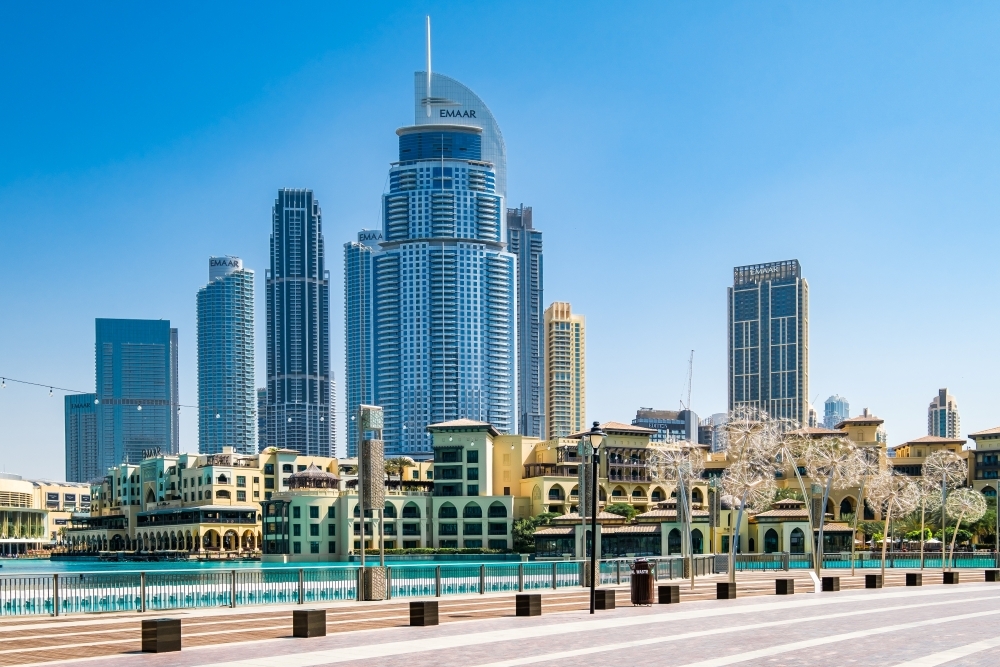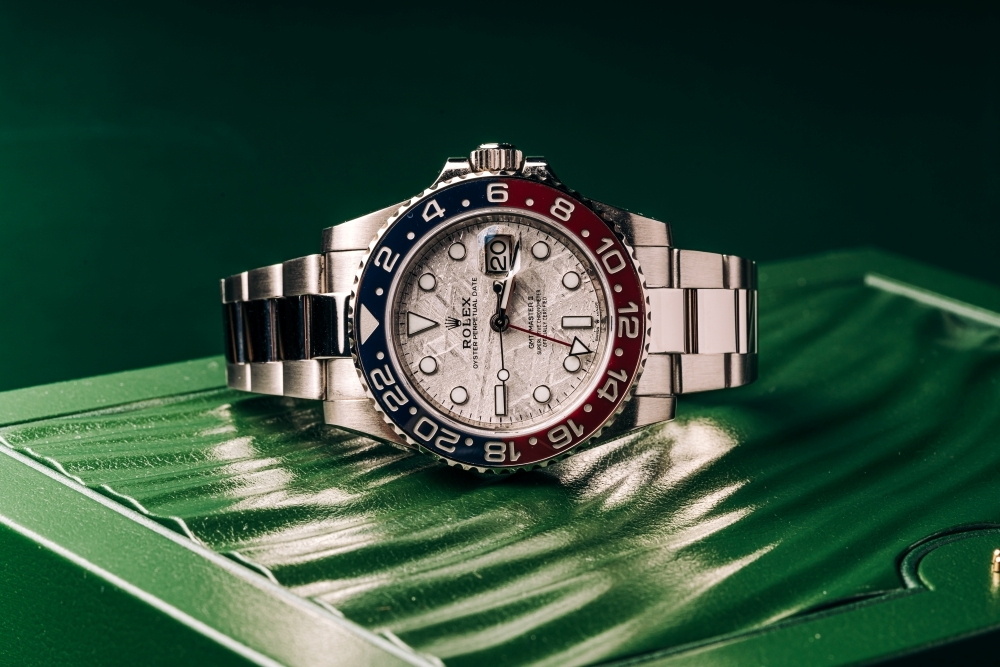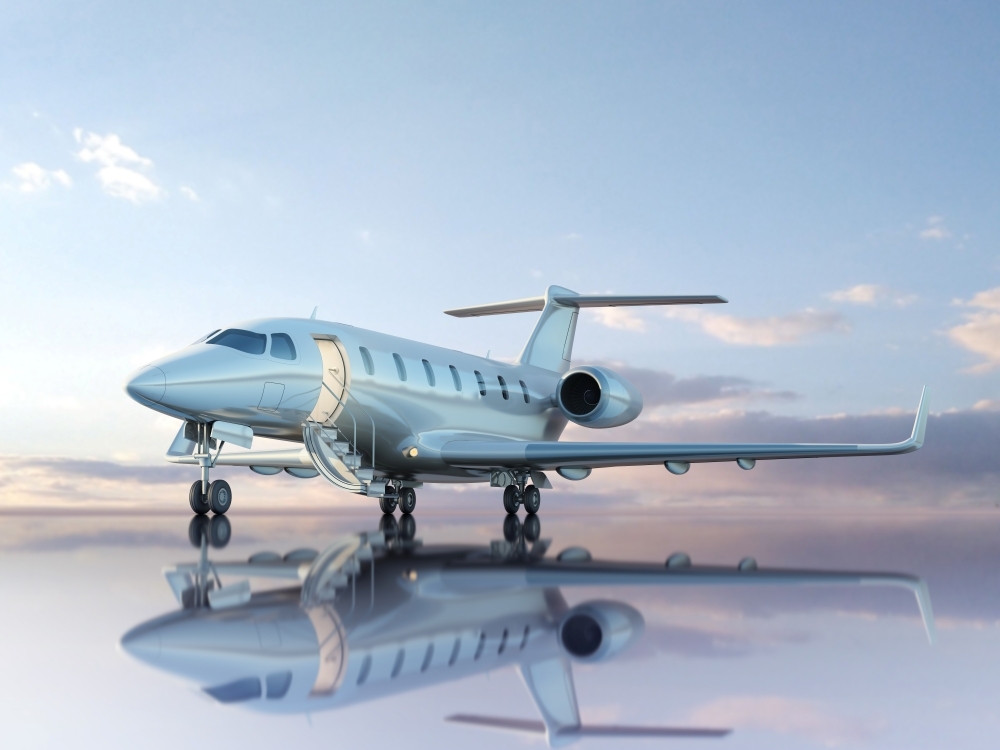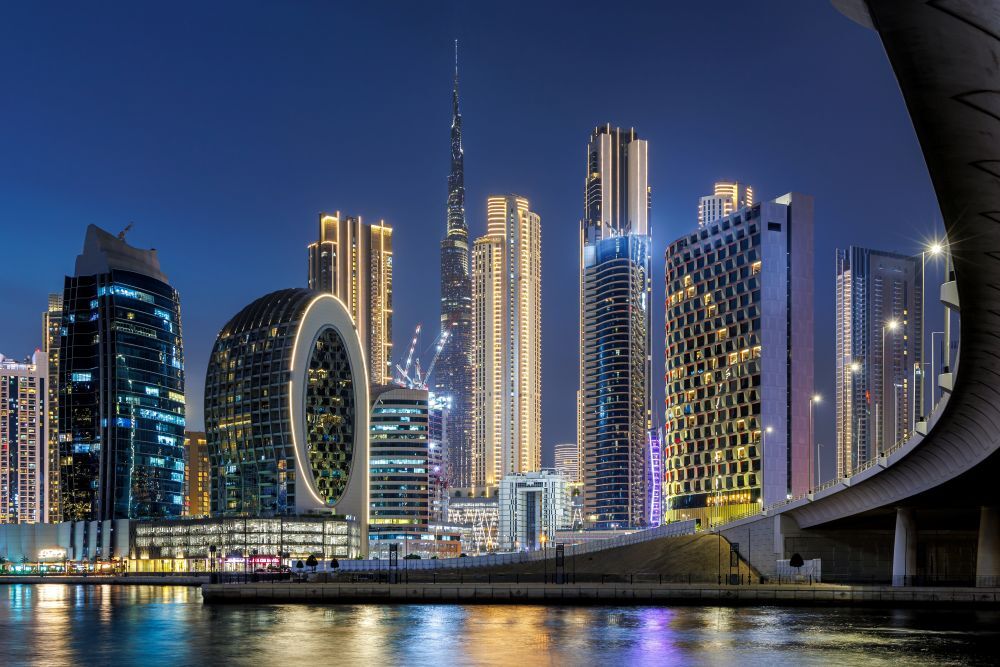Dubai Opera: Among the World’s Grandest Halls
It wasn’t another skyscraper Dubai needed; what the city wished for was an addition to its sensory experiences, a permanent home for orchestras, symphonies, and the kind of cultural moments that last long after the curtain falls. In 2012, Emaar unveiled plans for a world-class opera house in the heart of Downtown, envisioned as a bridge between tradition and modernity, between East and West.
As Jasper Hope joined the project in 2015 as a Chief Executive, fresh from Royal Albert Hall, he sought to breathe life into a venue that would stand as a cultural landmark, with velvet seats, soaring acoustics, and a stage as versatile as the city itself.
By late 2016, Dubai Opera opened its doors in the heart of Downtown, gazing toward the Dubai Fountain and resting beneath the shadow of the Burj Khalifa. With 2,000 adaptable seats, an advanced acoustic shell, and the infrastructure to host everything from ballet to gala dinners, it was designed to be a cultural anchor for a city of over 200 nationalities.
.jpg?width=1000&height=675&name=unnamed%20(56).jpg)
The Dhow Influence: A Deeply Rooted Concept
The building’s sweeping, hull-like profile carries symbolic and architectural weight. The Danish architect Janus Rostock of Atkins drew inspiration from the traditional Arabian dhow, paying homage to Dubai’s seafaring past, which the city never ceases to be proud of. The curving lines look like the shape of old boats that once sailed and carried pearls and spices along the Gulf.
Beyond its silhouette, the dhow-inspired design, according to Janus Rostock, was not simply for aesthetic reference. The idea was to “find an architectural language that could celebrate the city’s past while supporting its future.” Similar to the iconic sail-like shells of the Sydney Opera House, the dhow hull conveys movement, memory, and identity.
Engineering Versatility: A Stage for All Forms
Unlike La Scala in Milan, the Royal Opera House in London, or Vienna’s Staatsoper – dedicated venues with fixed-stage formats designed primarily for opera and ballet – Dubai Opera was purpose-built as a multi-format space. Thanks to an advanced automated system, the place can transform from a traditional proscenium theatre into a concert hall or flat-floor space within hours. This allows it to host everything from symphonies and theatrical productions to banquets, art exhibitions, and fashion galas.
This transformational capacity is matched by the refinement of its interiors – a chandelier weighing 11,000 pounds hovers above the marble-floored auditorium, while a rooftop garden gazes toward the Burj Khalifa. This unique capacity is enabled by a sophisticated mechanism that repositions the seating and stage to meet the acoustic and spatial needs of each event. As such, Dubai Opera accommodates a spectrum of performances, all while maintaining world-class sound fidelity.
Jasper Hope was brought on to launch the project to deliver a venue capable of appealing to Dubai’s diverse population while also meeting international artistic standards. Dubai Opera opened with a gala performance by Plácido Domingo, marking the beginning of its journey among the world’s most iconic cultural institutions.
From the outset, Emaar stated that Dubai Opera was “envisaged to be as iconic in appearance as the world-famous Sydney Opera House.” But unlike Sydney, whose silhouette opens to the ocean, Dubai Opera gazes inward toward the Burj Khalifa and the Dubai Fountain, reflecting a sense of belonging and pride in its modern civic identity.
Programming for a Global City
Since its debut, Dubai Opera has hosted a spectrum of performances from classic operas such as La Traviata and Madame Butterfly to Broadway musicals including Les Misérables, The Phantom of the Opera, and Chicago. The venue also welcomed ballet companies, Arabic music legends, stand-up comedians, orchestras, jazz quartets, and global cultural showcases.
Unlike traditional opera houses elsewhere with narrower artistic remits – such as Teatro alla Scala’s dedication to Italian repertoire or the Royal Opera House’s emphasis on English-language works – Dubai Opera is deliberately inclusive and its calendar reflects both cosmopolitan diversity and extensive accessibility for over 200 nationalities living in the city.
Opening night was not only ceremonial; within hours, all tickets had sold out. As Plácido Domingo sang Bésame Mucho, a rare and spontaneous moment of shared emotion unfolded, leaving a lasting imprint on those who helped bring Dubai Opera to life. It was a meaningful sign that Dubai Opera had begun to take its place in the city’s cultural fabric.
The venue also participated in city-wide festivals and collaborates with embassies and cultural institutions. Performances often coincide with international celebrations such as the Chinese New Year or Diwali, embedding Dubai Opera within the city’s cultural rhythm.
The Ghost of a Vision: Hadid’s Unrealised Masterpiece
It is worth noting that Dubai Opera was not the first operatic vision conceived for the city. In 2006, Zaha Hadid proposed an even grander cultural complex along the Creek. Commissioned during Dubai’s rapid development boom, her plans featured a 2,500-seat opera house, a playhouse, a massive visual arts gallery, a performing arts academy, and a themed hotel. The project was shelved in 2008 due to the global financial crisis, but Hadid’s vision endures in her Silver Paintings series.
A District Awakens
Today, the Opera District includes residential towers, hotels, retail spaces, and art installations. The close presence of galleries, fine dining, and landscaped promenades ensures that the opera experience naturally spills beyond the stage. From the outdoor plaza, visitors can watch the Dubai Fountain’s nightly water ballet or enjoy an aperitif under the glow of the Burj Khalifa. These moments – though secondary to the performance – are integral to the opera’s wider appeal, turning a night at the theatre into a fully rounded cultural outing.
The Opera as a Platform for Growth
Dubai Opera, beyond pleasing the ear and eye, tends to the hidden seeds of talent, offering them light and space in which to grow. The new training initiative, in collaboration with Dubai College of Tourism, offers young people the chance to learn the craft behind the curtain – lighting, sound, and stage operations – skills essential to keeping the show alive. And in a more intimate gesture, the opera house has partnered with Carnegie Hall’s Weill Music Institute to bring the Lullaby Project to the region for the first time, helping families create original lullabies as expressions of love and memory.



